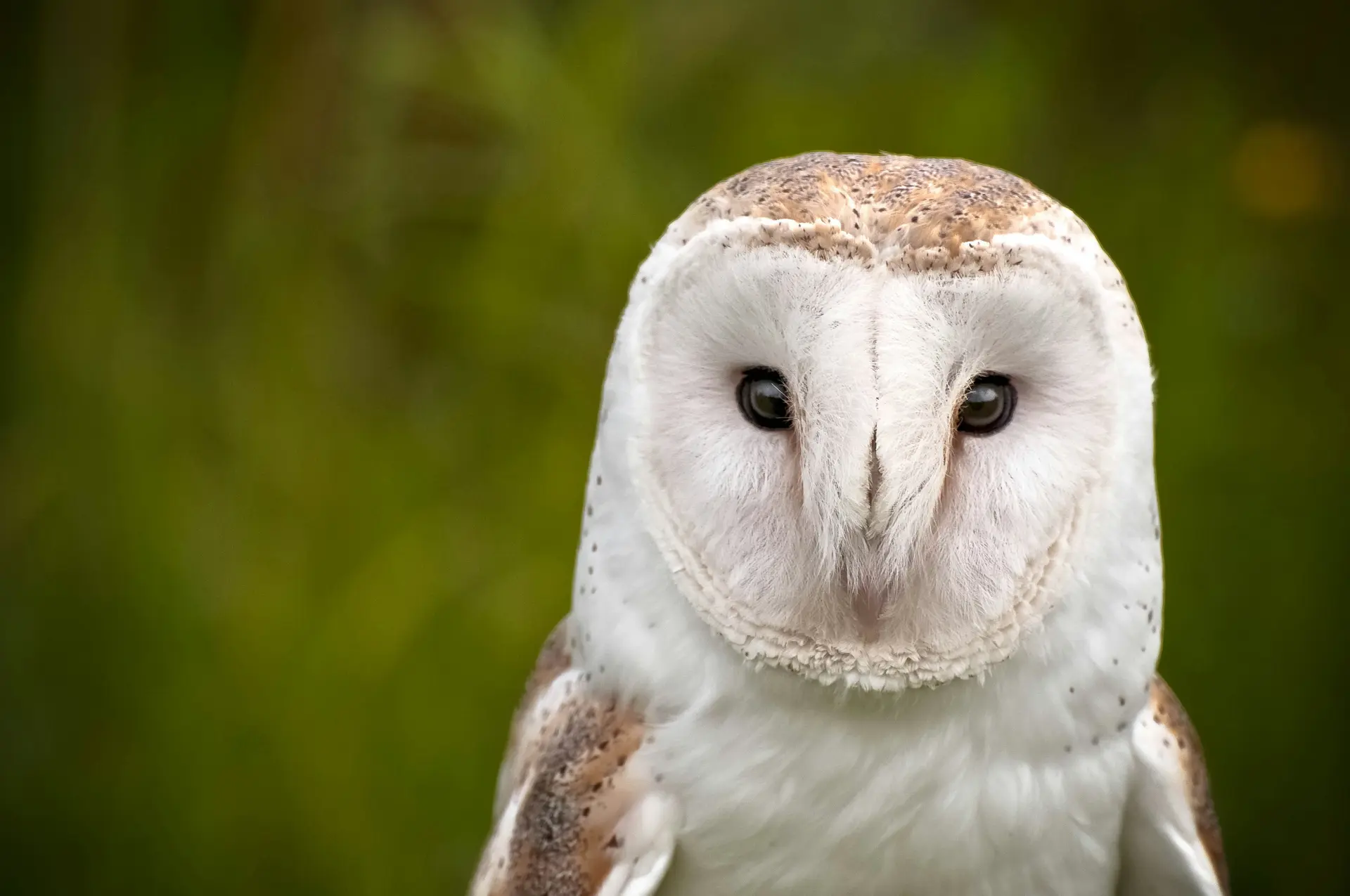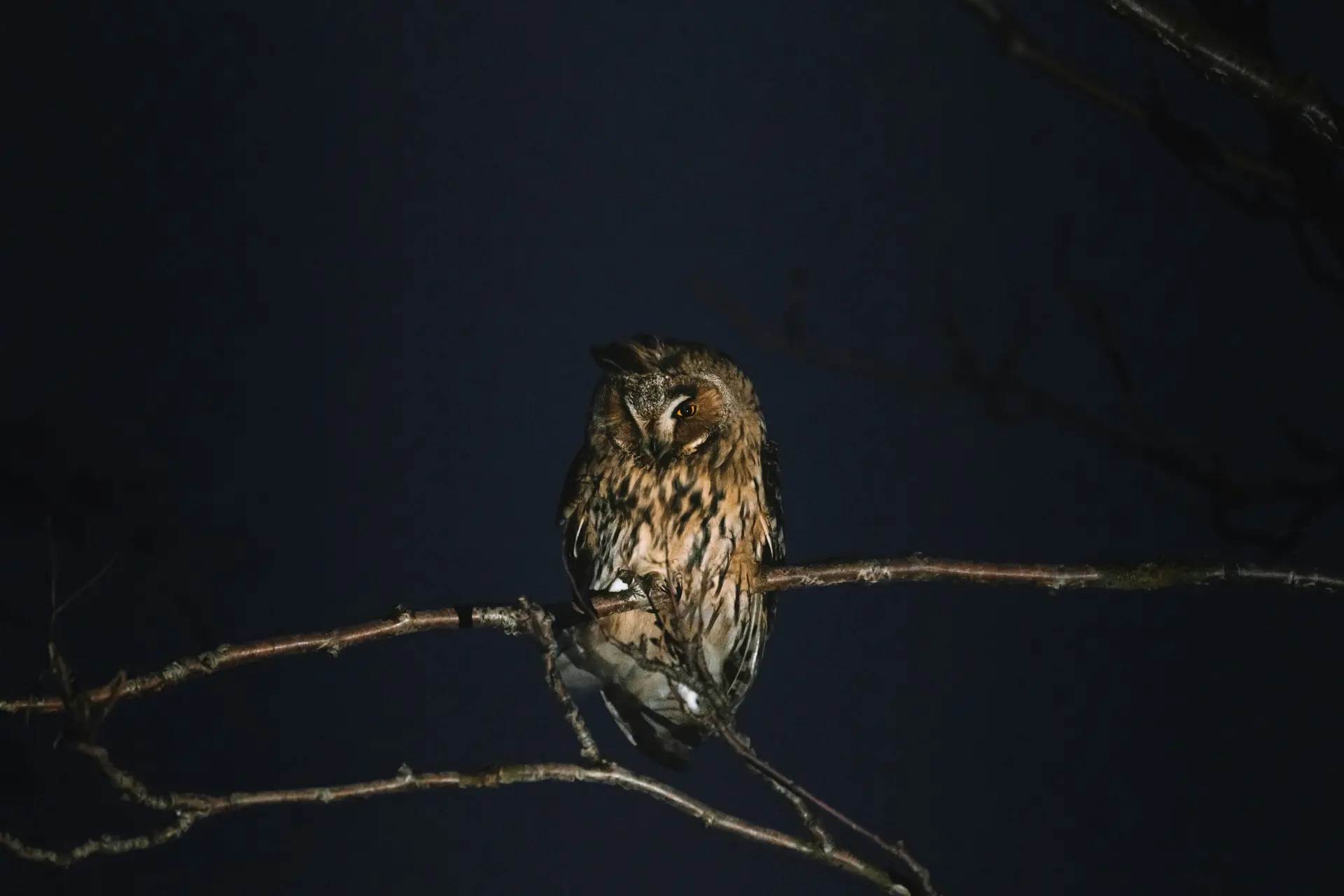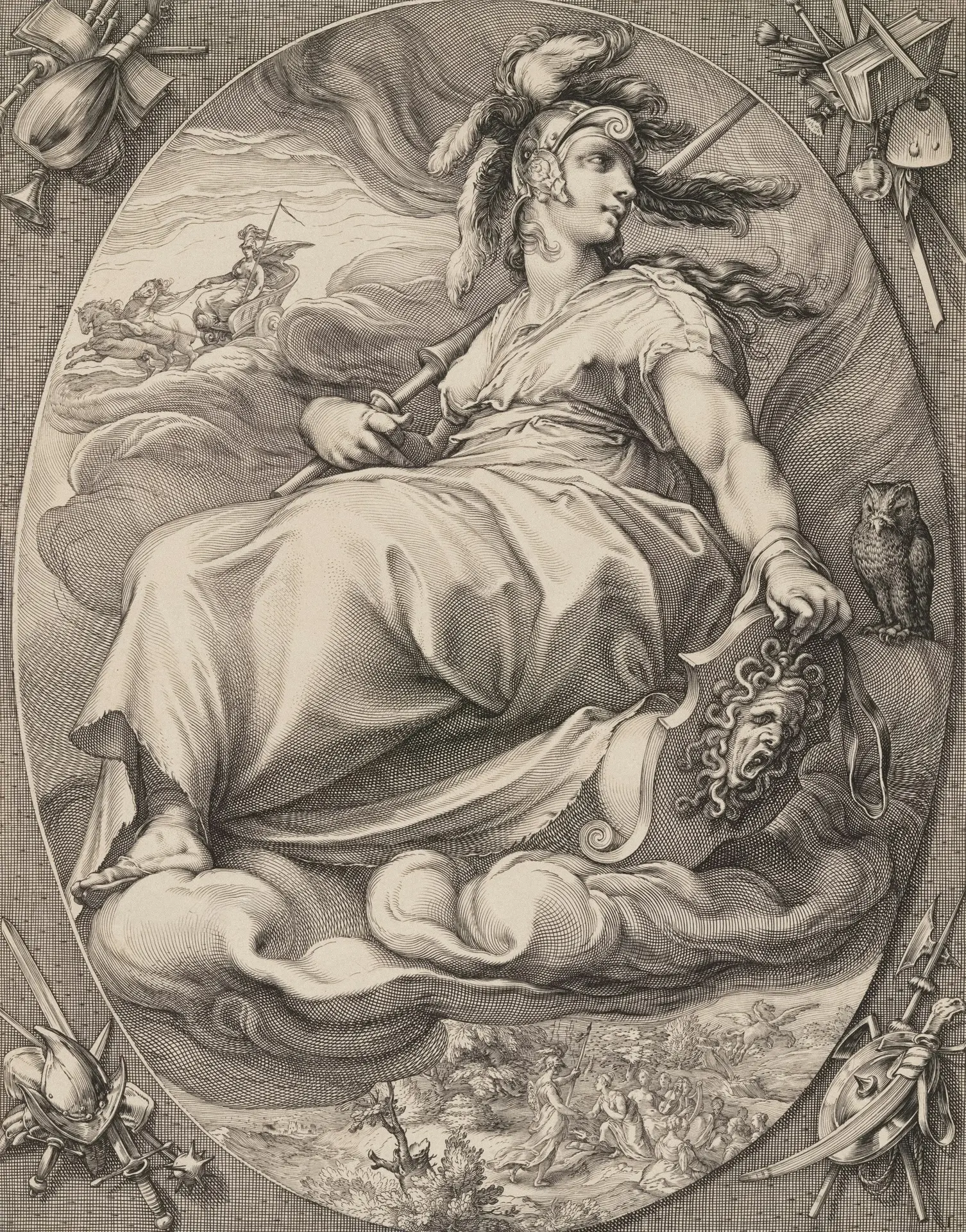Owls about that then! 5 facts about our (usually) nocturnal feathered friends
As autumn settles in, the air grows crisp, and the leaves burst into beautiful reds, oranges, and yellows. When I think of the animal kingdom, there is one bird that always stands out. Owls seem to embody the season’s spooky spirit; their haunting calls echo through the chilly nights creating an eerie soundtrack that sends shivers down your spine. With their large, watchful eyes and silent flight, owls glide silently through the shadows, perfectly camouflaged among the fallen leaves.
The combination of their mysterious presence and the haunting ambiance of autumn makes encounters with these nocturnal hunters feel both thrilling and otherworldly, adding an extra layer of enchantment to the Halloween season. This year I’m really excited to share my new owl design with you, which is available in my shop now, and to celebrate I wanted to share five of my favourite owl facts.
Sign up to my Newsletter (no spam, I promise!)
Jump to Section
1. Facial Discs and asymmetrical ears

Barn Owl, Doug Swinson. The barn owl’s heart-shaped face helps direct sound to its ears, making it an expert hunter, even in complete darkness
The round, moon-like appearance of an owl’s face isn’t just for looks; it serves a vital function in their hunting abilities. Known as “facial discs,” the flat surface of the feathers on their face acts like satellite dishes, funnelling sound to their ears and enhancing their ability to locate prey even in complete darkness.
In fact, their ears are asymmetrical on their head which allows them to pinpoint prey even more accurately. This adaptation is especially beneficial for hunting small animals that are often hidden in dense underbrush.
2. Silent assassins
The silent flight of an owl – Natural World: Super Powered Owls Preview – BBC Two
Owls are renowned for their silent flight, a remarkable adaptation that enhances their hunting efficiency. This stealth is primarily due to the unique structure of their feathers. The leading edges of their wing feathers are serrated, which breaks up the turbulence created during flight, significantly reducing sound. Additionally, their soft, velvety feathers help to muffle any noise as they glide through the air.
This combination allows owls to approach their prey—often small mammals or birds—without being detected, making them highly effective nocturnal predators. The ability to fly silently not only aids in hunting but also helps them avoid potential threats, underscoring the elegance and effectiveness of their hunting strategies.
3. Nocturnal habits

Eagle owl surveying from it’s nighttime perch, Norway, Frederico Di Dio
Most owls are nocturnal, meaning they are primarily active during the night. We even use the popular phrase ‘night owl’ to reference someone that stays up late into the night. Their famous features accentuate their spooky night-time image; huge eyes that allow as much light in as possible for dark conditions, super soft and serrated feathers that are almost completely silent as they descend on their prey.
Although it is rare, there are some owls that are diurnal, meaning they are mostly active in the day. Of the roughly 200 different owl species, only 2 are diurnal. The Northern Hawk Owl and the Northern Pygmy Owl are both primarily active during the day.
4. Fixed stare

The beautiful and hypnotising stare of the great grey owl, Jevgeni Fil
Owls are famous for their strikingly large eyes, which play a crucial role in their hunting prowess. These eyes are uniquely adapted for low-light conditions, allowing owls to see exceptionally well at night. With a high number of rod cells, which are responsible for vision in dim light, their eyes can capture even the faintest glimmers of light.
Like humans, owls have eyes that face forward, providing them with excellent depth perception and binocular vision, essential for accurately judging distances when swooping down on prey. If the size of our eyes were the same as an owl, they would be roughly as big as tennis balls! Although they can’t move their eyes within their sockets, owls can rotate their heads up to 270 degrees, giving them a wide field of view.
5. Owl in Myth
Owls have long been woven into the fabric of myths and legends across cultures, often symbolising wisdom, mystery, and the supernatural.

Athena’s owl was often depicted at her side, protecting her knowledge
In ancient Greece, the owl was closely associated with Athena, the goddess of wisdom, serving as a protector of knowledge and strategy. This connection has made the owl a symbol of intelligence and foresight even in modern times.
In many Native American cultures, owls hold significant spiritual importance, viewed as guardians and messengers with the ability to see beyond the physical realm. Some tribes regard them as protectors of sacred knowledge, while others see them as omens or harbingers of death, reflecting the duality of their nature as both wise and eerie creatures. In Hindu mythology, the owl symbolises wealth and prosperity, associated with the goddess Lakshmi.
In European folklore, owls are often linked to witchcraft and the supernatural, appearing as companions of witches or shape-shifted beings. Whether revered or feared, owls have captivated human imagination for centuries, with their haunting calls adding to their mystique. They embody the mysteries of the night and the unknown, making them powerful symbols in storytelling and mythology around the world.
Thanks for joining me on this journey through the fascinating world of owls! I hope you learned something new about these incredible creatures and their mysterious nocturnal habits. If you enjoyed these owl facts, why not check out my new owl design available in my shop now? Embrace the spooky spirit of the season and bring a touch of owl magic into your life!
Feel free to share this post if you loved it, and let me know in the comments which owl fact surprised you the most. Until next time, stay curious, and keep an eye out for these wonderful nocturnal guardians!

Thanks for reading…
Here’s a few things you might like to check out:
- My ethical policy—This tells you everything you need to know about how I make my jewellery, my packaging, what makes me different in the jewellery industry, and my overall ethos.
- About me—Hi! It’s nice to meet you. Find out about me, Rosie, and how and why I started Elouise Makes.
- Shop the collection—Looking for something specific, or just want to browse? You’ll find it all here.
- Caring for your silver jewellery—Learn how to keep your animal friends looking their best.
- My shipping policy—OK, this isn’t exactly the most exciting reading material, but if you order from me you need to feel secure that your piece will make its way to you safely!
- Find me on Instagram—Follow me on Insta for lush pictures of my recycled silver animal jewellery, and fun tidbits about the creatures I create.
The best way to hear from me is to sign up to my newsletter for more news and special offers. I only send one per month so there’s nothing spammy and it’s the best way to keep in touch!
